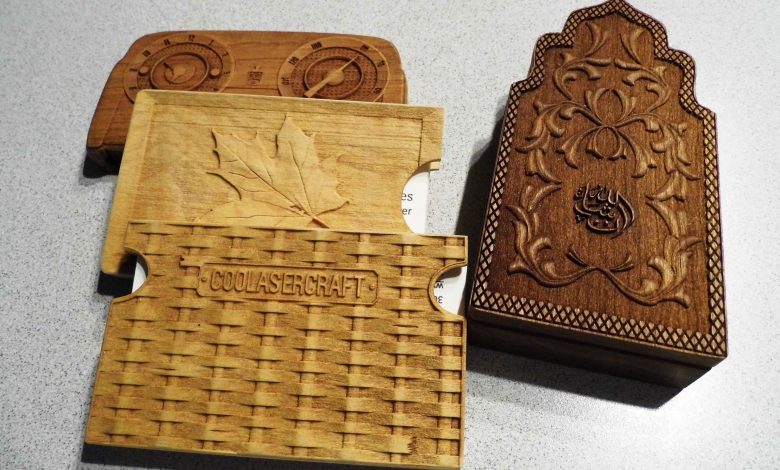
Relief carving is basically creating three-dimensional carvings. The carved results have length, width, and depth. The terminology for such work, however, can be confused across different disciplines. I’ve been in discussions that it is not three-dimensional, but two-dimensional or even two-and-a-half dimensional. I blame it on semantics and trying to label processes across similar disciplines.
Old schoolers, like me, may remember being taught about bas-relief carving in history class. Bas-relief is defined as “a kind of carving or sculpture in which the figures are raised a few inches from a flat background to give a three-dimensional effect. The term is French for ‘low relief.'” (The New Dictionary of Culture Literacy, Third Edition Copyright 2005 by Houghton Mifflin Company). It’s an ancient art form uniquely suited to today’s modern laser technology.
For the sake of simplicity, I refer to the process as relief carving when referencing a laser system. Proper relief carving with a laser does not rely on burn marks to imply shape and dimensions; it vaporizes material, leaving shapes behind. Lighting creates the shadows that show the depth of cut and shape. The finished product is three-dimensional from a fairly wide frontal view.



